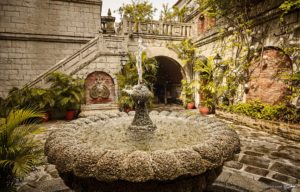
Casa Manila: Unveiling Spanish-Filipino Heritage Through Historical Charm
Casa Manila, located in the heart of Intramuros, Manila, is a living museum that transports visitors to the grandeur of the Spanish colonial era. As
Quiapo, Manila, is home to the historic Quiapo Church, officially known as the Minor Basilica and National Shrine of the Black Nazarene. This revered religious site enshrines the centuries-old image of the Black Nazarene, believed to perform miracles and inspire deep devotion among millions of Filipino faithful. Every year, the church becomes the focal point of the grand Feast of the Black Nazarene, a massive religious gathering where devotees take part in the Traslación, a solemn procession reenacting the transfer of the sacred image. As a symbol of unwavering faith and cultural heritage, Quiapo Church remains one of the most significant pilgrimage sites in the Philippines.

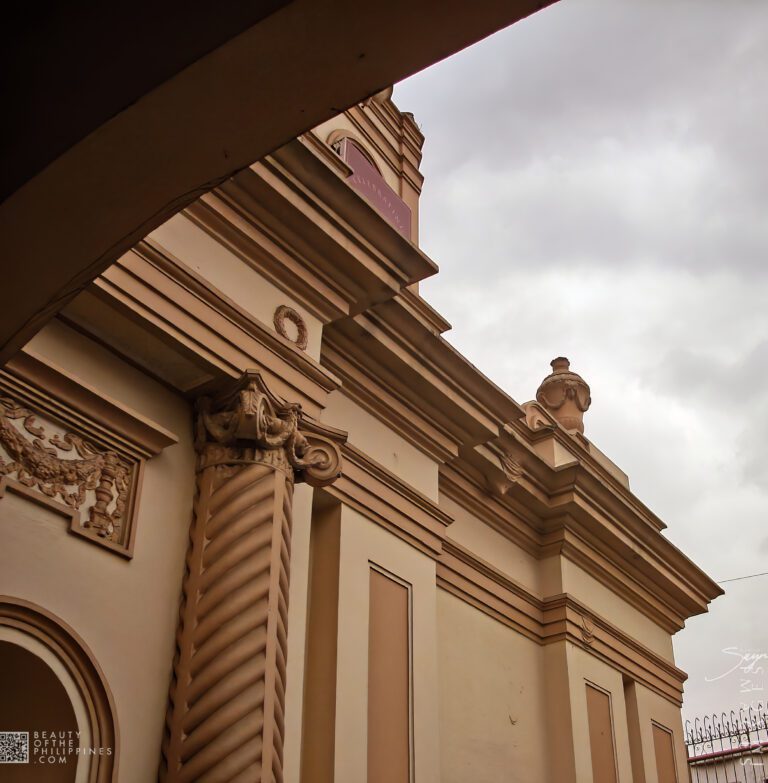
ABOVE: The statue of Saint John the Baptist stands on the facade of Quiapo Church in Manila.
ABOVE: The statue of Saint John the Baptist stands on the facade of Quiapo Church in Manila.
The origins of Quiapo Church date back to 1586, when Spanish missionaries first built a modest structure made of bamboo and nipa palm. Over the centuries, it has endured natural calamities, fires, and reconstructions, yet its significance has only grown stronger. The present-day church, redesigned in the 1930s by renowned architect Juan Nakpil, is a stunning blend of Baroque and Neo-Classical influences, showcasing its resilience and timeless appeal.
One of the main reasons travelers flock to Quiapo Church is to witness the venerated Black Nazarene, a dark-hued statue of Jesus Christ believed to have miraculous powers. Brought to the Philippines from Mexico in 1606, this religious icon has become the centerpiece of unwavering faith. Every Friday, the church comes alive with devotees participating in healing masses, while the grand Traslación on January 9 draws millions who join the intense yet deeply spiritual procession through Manila’s streets.

A visit to Quiapo Church is incomplete without exploring the lively surroundings. Quiapo Market, just outside the church, is a treasure trove of local goods, from herbal medicine and religious artifacts to handicrafts and Filipino delicacies. The market’s vibrant energy provides an authentic glimpse into the daily lives of locals.



Nearby, you can find Hidalgo Street, historically known as a hub for photography enthusiasts, and Plaza Miranda, the iconic public square that has witnessed numerous significant events in the country’s history. Just a short walk away, Bahay Nakpil-Bautista offers a fascinating look at a preserved 19th-century Filipino ancestral home.
For the best experience, visitors should plan their trip accordingly. Fridays are the busiest due to the weekly novena, so those seeking a quieter atmosphere should visit on weekdays. The annual Feast of the Black Nazarene in January is a spectacular event but requires patience due to the massive crowds. When visiting, it is important to dress modestly out of respect for the sacred space. Additionally, as the area can be quite crowded, travelers should be mindful of their belongings to ensure a safe and enjoyable visit. Lastly, don’t miss out on trying local street food, such as kakanin (rice cakes) and halo-halo, which offer a delightful taste of Filipino flavors.


Whether you’re a history buff, a devout pilgrim, or a curious traveler, Quiapo Church offers a meaningful experience unlike any other. Its blend of heritage, spirituality, and cultural vibrancy makes it an essential stop on your Manila itinerary. Step inside, soak in the solemn atmosphere, and witness the deep devotion that defines this extraordinary landmark.

RELATED STORIES

Casa Manila, located in the heart of Intramuros, Manila, is a living museum that transports visitors to the grandeur of the Spanish colonial era. As

The Bonifacio Monument, also called Bonifacio Monumento or Monumento, proudly stands in Caloocan City, Metro Manila. It is a powerful symbol created by the National
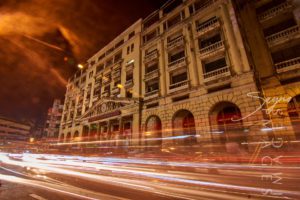
I experienced the vibrant and colorful life of downtown in full. I took some time to appreciate the beauty of Santa Cruz Church and Plaza
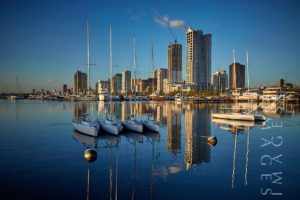
It is considered to be one of the world’s great harbors, the Manila Bay, and it serves as the Port of Manila, Philippines. Having once

I’m looking forward to the stories and images leaving a lasting positive impression on you, just as they have on me. Stay connected with us on social media for a weekly exploration of travel assignments and breathtaking visuals. Our focus is on championing local tourism, showcasing small businesses, and honoring the magnificence of the Philippines through the content we curate. Join us in spreading the word by clicking the ‘share’ buttons below. Your support means the world to us.
EXPLORE MORE about
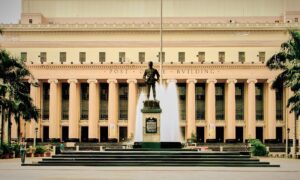
Nestled in the heart of Manila, Liwasang Bonifacio is a place where history, culture, and modern urban life converge. Formerly known as Plaza Lawton, this

Casa Manila, located in the heart of Intramuros, Manila, is a living museum that transports visitors to the grandeur of the Spanish colonial era. As
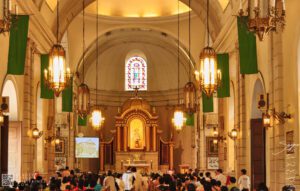
Malate Church stands as a profound symbol of faith, resilience, and artistry, preserving its sacred role and architectural splendor through centuries of triumphs and trials.
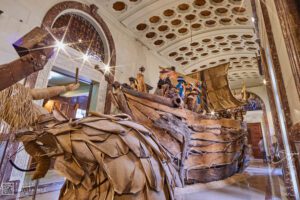
The National Museum of Anthropology, located in the heart of Manila within the National Museum Complex, is a must-visit destination for travelers eager to explore
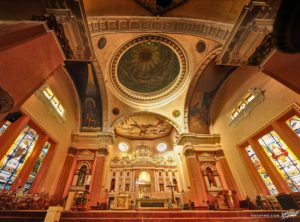
The Binondo Church is a historic church in Manila, located in the District of Binondo, near the Plaza San Lorenzo Ruiz. It was previously called
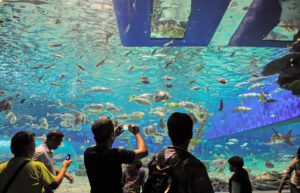
As the nation’s first ever world-class marine theme park, Manila Ocean Park is located in Ermita Manila, within the Philippines’ largest urban resort/aqua-themed hotel complex
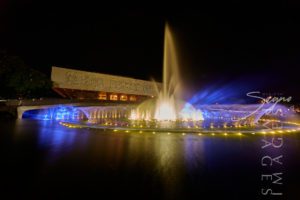
The Cultural Center of the Philippines or CCP was founded in 1966 under the directive of former President Ferdinand Marcos, in order to reinforce and
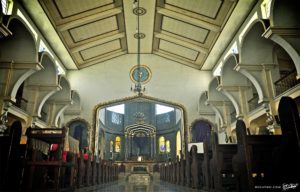
The Polo Church, formally known as the San Diego de Alcala Church, resides in the Polo neighborhood of Valenzuela, Manila. This church has a captivating

It is the home of the popular Asian elephant, Mali, as well as 90 other species. As well as being a landmark in Manila, the

Nestled at the crossroads of Las Piñas in Metro Manila and Bacoor in Cavite, the Zapote Bridge stands as a silent yet powerful witness to
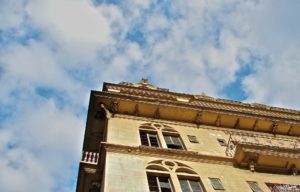
It is always a surprise for buildings, parks and houses to survive such wars as it is almost inevitable that everything will be brought down

Originally built in 1880, the Manila Cathedral is the current version of the longstanding Church of Manila. It is a masterpiece of architecture that was
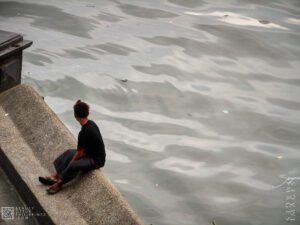
Quezon Bridge, a striking steel arch bridge spanning the Pasig River, is more than just a vital transportation link—it is a historical icon of Manila.
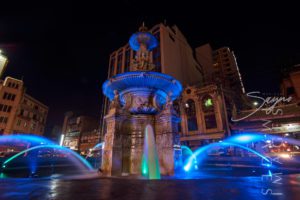
If you’re ever wandering through the lively streets of Manila, one of the city’s must-see spots is the iconic Carriedo Fountain. Nestled in the heart
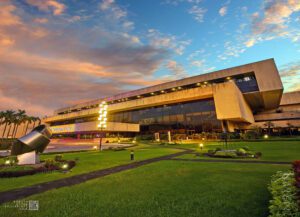
The Philippine International Convention Center (PICC) stands as a monument to the Philippines’ ambition to be a key player on the global stage. With its
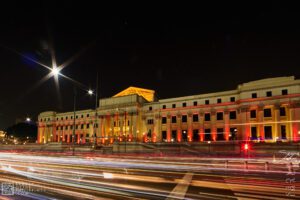
Manila, the vibrant capital of the Philippines, is home to a wealth of cultural and historical landmarks, and among its crown jewels is the National

I experienced the vibrant and colorful life of downtown in full. I took some time to appreciate the beauty of Santa Cruz Church and Plaza
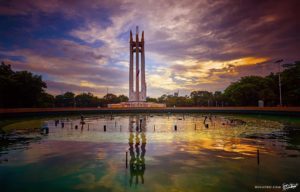
One of Quezon City’s main parks is the Quezon Memorial Circle, which is located in Quezon City and is surrounded by an elliptical road, making

Nestled in the heart of Quezon City, La Mesa Ecopark stands as a serene sanctuary, offering both a retreat for nature lovers and an educational
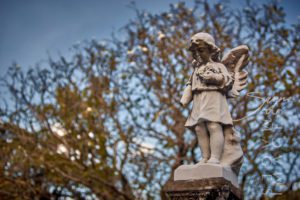
As one of the oldest cemeteries in Manila, Campo Santo De La Loma, commonly referred to as the La Loma Cemetery, is one of the
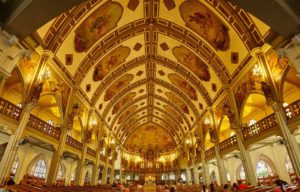
The Manila Abbey San Beda, or formally known as Abbey of Our Lady of Montserrat, is a Benedictine men’s monastery located along the streets of
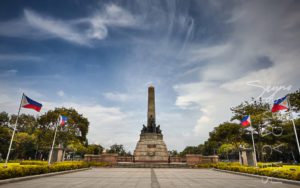
Located along Roxas Boulevard, Manila and adjacent to the century-old walled city of Intramuros, the Luneta National Park, or “Luneta” as many refer to it,
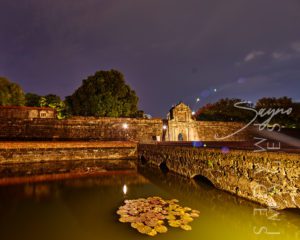
It is also known as the Walled City, and during the Spanish Colonial Period it was synonymous with the city of Manila. Intramuros was also
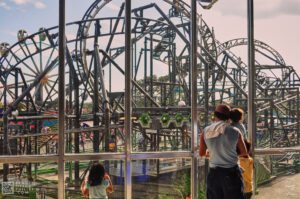
Nestled in the heart of Pasay City within the Cultural Center of the Philippines Complex, Star City stands as one of the premier amusement parks
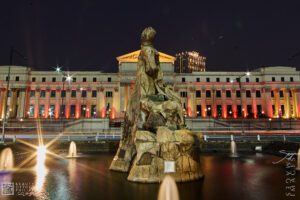
The Gomburza National Monument, located in front of the National Museum of Fine Arts along Padre Burgos Avenue in Manila, stands as a solemn tribute
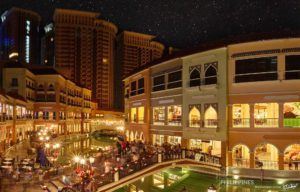
Located in the heart of the Taguig City, the Venice Grand Canal is a lifestyle mall development under the Megaworld Lifestyle Malls Located inside the

It is considered to be one of the world’s great harbors, the Manila Bay, and it serves as the Port of Manila, Philippines. Having once
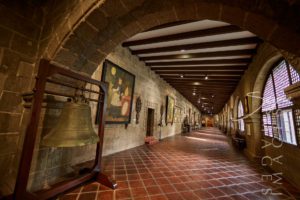
The San Agustin Museum is located adjacent to the UNESCO World Heritage Site, San Agustin Church. It is located in Intramuros—the walled city of Manila—and
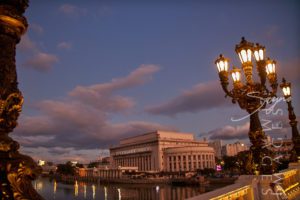
The Manila Post Office, officially known as the Manila Central Post Office, is a distinguished example of neoclassical architecture, originally designed by Juan M. Arellano,
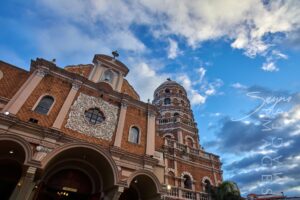
If you’re wandering through the heart of Manila and looking for a place where stories linger and time seems to slow down, Santa Cruz Church
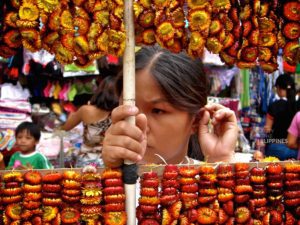
Plaza Miranda is a public square bounded by Quezon Boulevard, Hidalgo Street and Evangelista Street in Quiapo, Manila. It is the plaza which fronts the
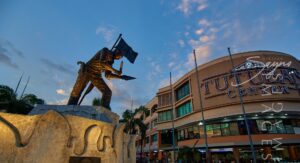
Situated in the heart of Manila, Tutuban Center is more than just a shopping destination—it’s a vibrant mix of history, commerce, and culture that draws
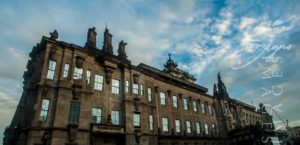
UST, also known as the University of Santo Tomas, is a private Roman Catholic university located in Sampaloc, Manila. It was founded on 28 April

Nestled in the historic district of Ermita, Manila City Hall is more than just the seat of the city’s government—it’s a testament to the rich
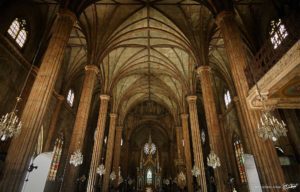
San Sebastian Church is a Roman Catholic Minor Basilica located in Quiapo, Manila. It’s also known as Minor Basilica of San Sebastian or San Sebastian
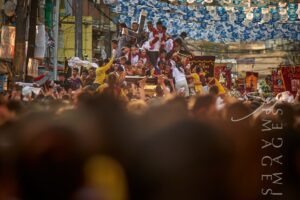
The Nazareno Festival, or the Feast of the Black Nazarene, is one of the most spectacular and deeply moving religious events in the Philippines. Held

The University of the Philippines Diliman (UP Diliman) is more than just the country’s premier academic institution—it is a historical, cultural, and natural destination worth
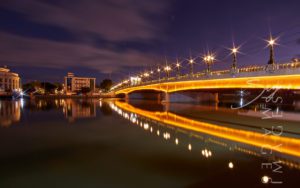
The newly restored Jones Bridge is easily recognizable by its beautifully designed black lamp posts—the same ones that were there when the bridge was first
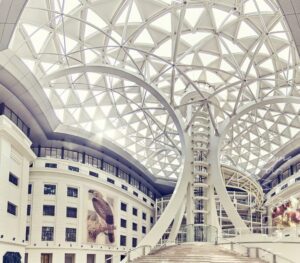
Explore the vibrant tapestry of Manila through its four national museums, each a unique gem in the city’s cultural crown. These four distinguished establishments are
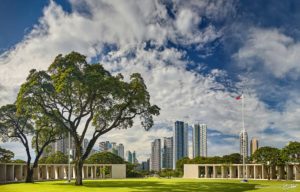
Manila American Cemetery and Memorial is located in the heart of Taguig City on the lands of Fort Bonifacio and serves as the largest grave
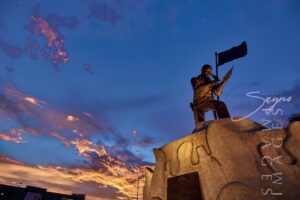
The Andres Bonifacio Birthplace Monument in Tutuban, Divisoria stands as a powerful symbol of Filipino patriotism and a tribute to the courage and leadership of Andres
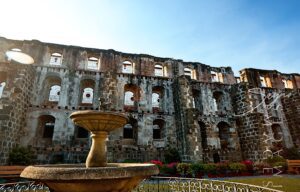
Located within the historic district of Intramuros, Manila, Padre Blanco Gardens—also known as Father Blanco’s Garden—offers a charming and romantic retreat amid centuries-old architecture. This
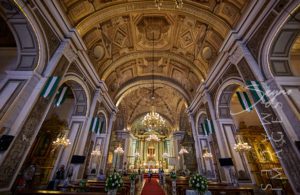
Known as one of the most important baroque churches in the Philippines and as one of the only four baroque churches in the Philippines that
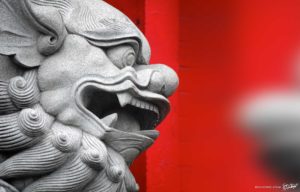
In addition to being considered the oldest Chinatown in the world, Binondo Chinatown is also the center of trade and commerce in Manila City. In

The Bonifacio Monument, also called Bonifacio Monumento or Monumento, proudly stands in Caloocan City, Metro Manila. It is a powerful symbol created by the National
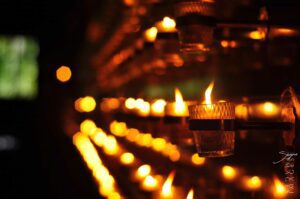
The Padre Pio Chapel, also known as the St. Pio of Pietrelcina Chapel, holds a special place in my heart as a photographer. It revealed
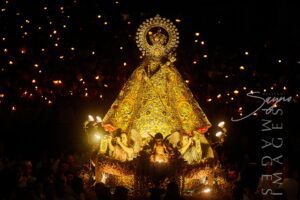
Every October, the vibrant streets of Quezon City come alive with faith, devotion, and rich cultural traditions during the Feast of La Naval de Manila.
BROWSE BY CATEGORIES